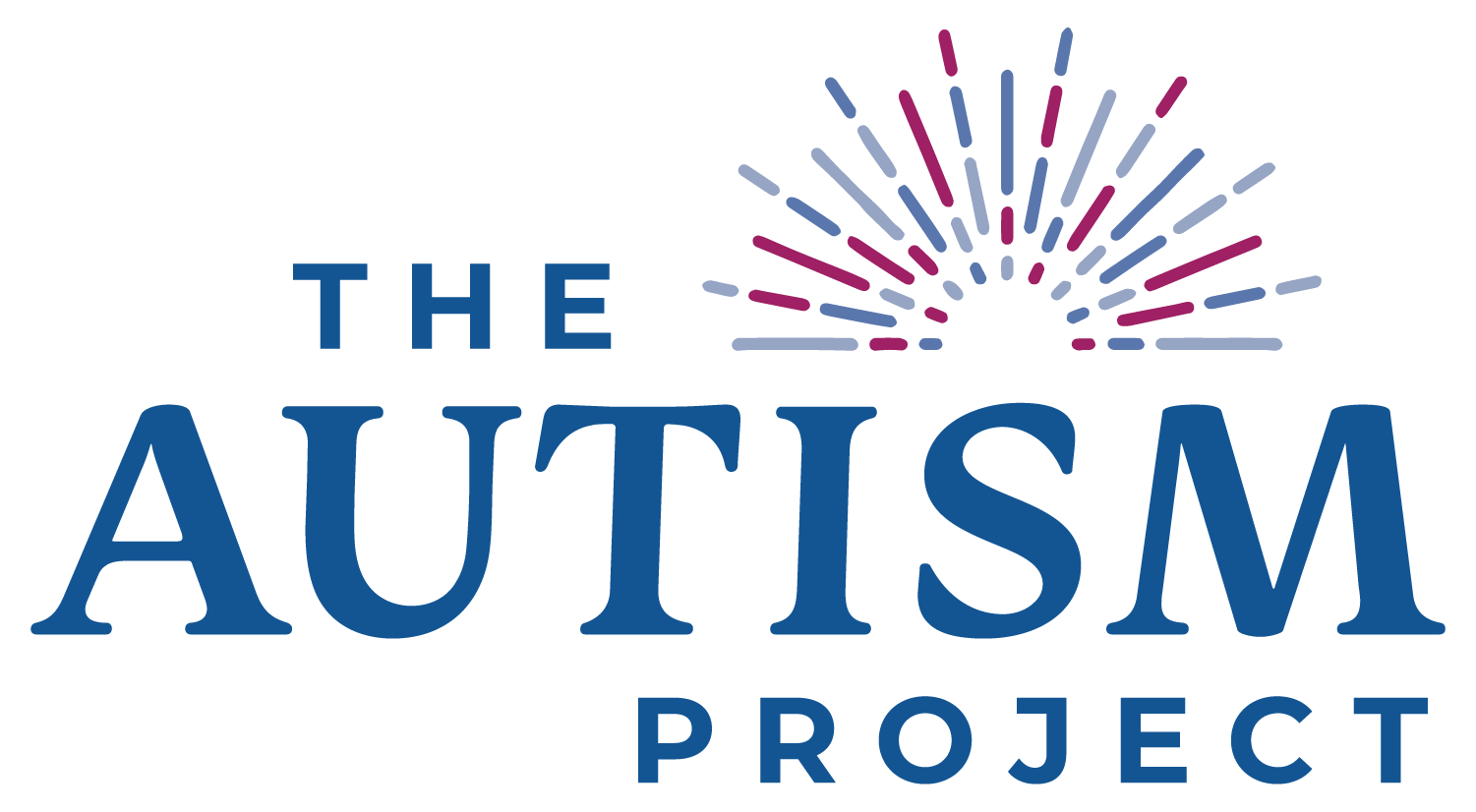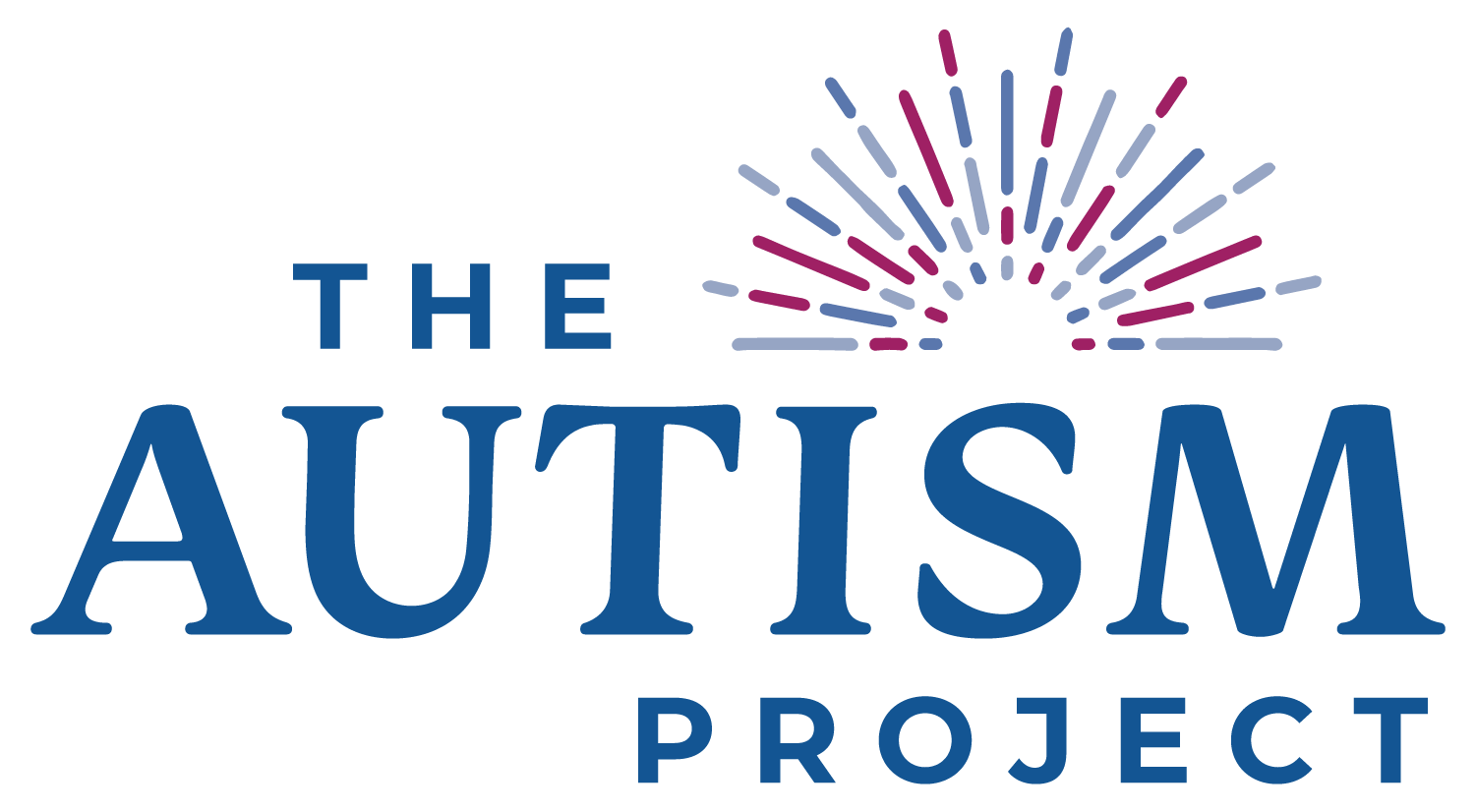Stats at a glance (National Autism Association, 2021)
- Roughly half, or 48%, of children with autism attempt to elope from a safe environment, a rate nearly four times higher than their neurotypical siblings.
- In 2009, 2010, and 2011, accidental drowning accounted for 91% total U.S. deaths reported in autistic children, ages 14 and younger subsequent to wandering/elopement.
- 32% of parents reported a “close call” with a possible drowning
The Home
Securing a house or apartment to meet the needs of a child known to elope can be difficult. Additional locks and alarms are helpful, but it can be a struggle finding the balance between keeping a child inside and maintaining clear exits in case of an emergency. Often, children with autism are poor sleepers, adding additional stress and worry to the caregivers.
The Water
Drowning accounts for 46% of all injury deaths among children with autism, which translates to 160 times the chance of dying from drowning compared to other children. (CNN, 2017) Living in the northeastern United States, especially in Rhode Island (the Ocean State), introduces many different kinds of water. From bathtubs and pools to rivers and the ocean, there is plenty to be mindful of.
How to Help
- Introduce your child to members of the community, so both community members and your child can recognize each other if elopement does occur.
- Work with your local fire and police staff to secure your home safely.
- Place additional locks and alarms that are out of reach.
- Enroll your child in swim lessons. This is imperative, as it can teach your child basic safety, self-control, and self-awareness while in the water.
- Create a family emergency plan.
Family Emergency Plan
- Add In Case of Emergency (ICE) to your cell phone
- Pass out copies of the family emergency plan to family and friends
- Identify the main areas your child will likely go within the neighborhood
- Assign "Search Angels" and locations ahead of time
- Have a completed Elopement Alert form in an accessible location with description and medical information along with calming strategies
- Store emergency contact numbers in your cell phone
Fire Safety Tips
- Check your smoke alarms - working smoke alarms reduce the chances of dying in a fire by nearly 50%.
- Create and practice a home fire escape plan.
- Choose an outside meeting place that is a safe distance away from your home.
- Use Social Narratives to help educate children on fire safety.
- The National Fire Protection Association has a section of their website dedicated to public education on fire safety.
Affordable Safety Tools
- Door/window alarms
- Shoe ID tags
- Visual Stop Signs
- Guardian locks - portable exterior door locks
- Temporary tattoos (can be customized to include an important phone number in case of an emergency
- Window clings
Adult Drivers - Wallet Card
If an autistic driver feels that they would like to convey information to a first responder, including their diagnosis, and any communication and regulation information, that driver can use a wallet card featuring pertinent information. During a traffic stop or other encounter, the driver can pass the card to the first responder to convey that information during a time when spoken language may not be accessible.
Tip Sheets
These tip sheets are a way to gather important information at a glance. These can be helpful for medical appointments, school, and community events.
Special Needs Profile for Educators
Wandering Diagnosis - Code Z91.83 (ICD-10 Data)
- Z91.83 is a billable/specific ICD-10-CM code that can be used to indicate a diagnosis for reimbursement purposes
- The 2022 edition of ICD-10-CM Z91.83 became effective on October 1, 2021
- This is the American ICD-10-CM version of Z91.83 - other international versions of ICD-10 Z91.83 may differ
Resources
National Autism Association - Meet the Police
National Autism Association - Personal Emergency Profile
Social Narrative - How to sit safely in a car!
References
- National Autism Association (2021). Autism & safety facts. National Autism Association. Retrieved from https://nationalautismassociat...
- 2022 ICD-10-CM diagnosis code Z91.83. 10. Retrieved from https://www.icd10data.com/ICD10CM/Codes/Z00-Z99/Z77-Z99/Z91-/Z91.83.




